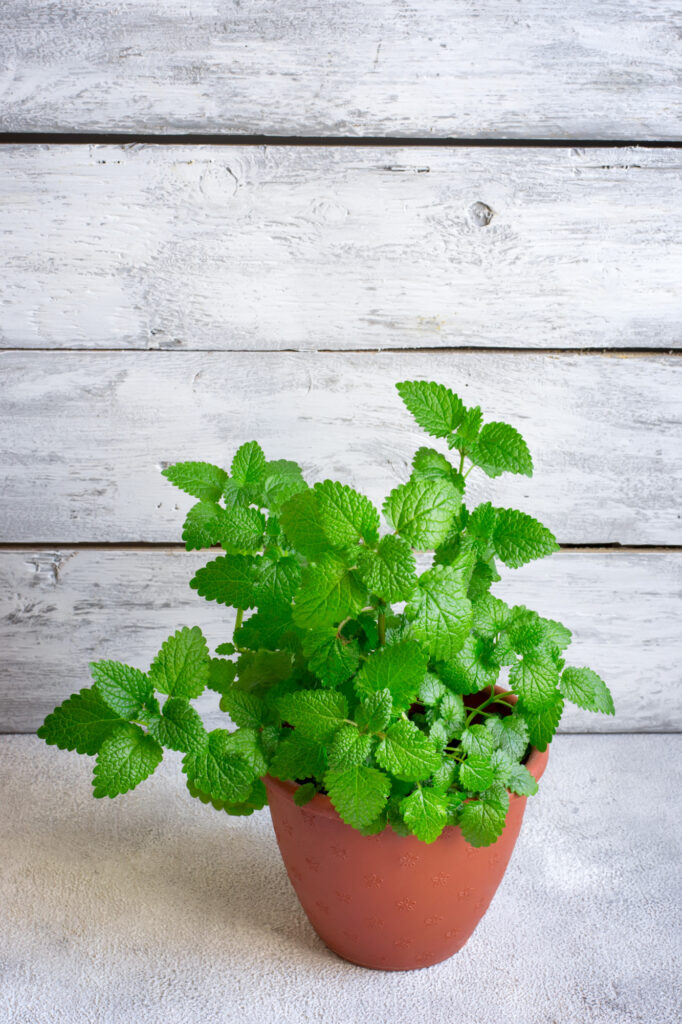5 natural mouse-repellant plants to grow at home
Adding indoor plants to your home not only enhances its aesthetic appeal but can also serve practical purposes. For instance, there are several indoor plants that repel rats and mice effectively while maintaining a natural and pleasant environment. Popular choices include peppermint and lavender, which are well-known plants that repel mice and rats due to their strong scents. These plants that keep mice away are easy to maintain and offer the dual benefit of pest control and indoor greenery. If you’re searching for plants to keep mice away, consider adding rosemary or marigolds, as they are also excellent plants that deter mice and other small pests. A thoughtful selection of indoor plants that repel mice can make your home pest-free in an eco-friendly way.
5 natural mouse-repellant plants to grow at home
As far as pests are concerned, your yard is the doorway to your home. In particular, when the weather turns cooler, mice may take up residence in your garden, finding shelter under fallen leaves, wood piles, and below-ground burrows. But by deterring mice from your yard now, you can help decrease your chances of an inside infestation come winter. If you shudder at the prospect of barbaric traps and poisons that may hurt a pet or child, fear not. Gardening experts claim there are various plants that keep mice away and come with a range of additional benefits. Read on to uncover the top five mouse-repellent plants.
1. Peppermint

Planting peppermint in your lawn may help discourage a number of pests, including mosquitoes, ticks, spiders, roaches, and rats. “Mice highly dislike the strong scent of peppermint due to its overpowering nature,” adds Aaditya Bhatta, creator and editor of Plants Craze. “It can confuse their sense of smell and deter them from approaching areas where peppermint is planted.” Alex Worley, a licensed master gardener, and proprietor of Gardenine, claims that peppermint is his “go-to” bug repellent. “I prefer to plant it in pots right near my garden beds and entryway entrances. I’ve observed significantly less nibbling damage since planting it around my raised gardens. And the greatest part is that brushing across the peppermint leaves generates even more of that fresh perfume they loathe.”
2. Lavender

Lavender puts out a similarly aromatic perfume that mice find disagreeable, explains Bhatta. “Its scent can mask the pheromones that mice use to communicate with each other, disrupting their ability to navigate,” he says. Zahid Adnan, founder of theplantbible.com, suggests planting lavender in sunny locations where it grows best so that its perfume will be at its strongest.
3. Daffodils

For a mouse-repelling plant that will also give your yard an aesthetic lift, consider planting daffodils. “Daffodils contain alkaloids that rodents find unappealing, making them an excellent choice for natural pest management,” explains Adnan. Bhatta proposes lining your pathway or the outside of your property with daffodils to create a natural barrier against mice and other vermin.
4. Catnip

Nepeta cataria, also known as catnip, is another fantastic strategy to keep rats from becoming too comfortable in your yard. “While catnip might be a feline favorite, it’s extremely unpleasant in the world of mice. Its unique chemical makeup, notably nepetalactone, has been proven to repel rats,” explains Adnan. The plant expert suggests growing catnip strategically around your yard to keep rodents away. For more pest control advice contact Balaji Nursery.
5. Marigolds

Finally, Worley says he’s a “huge fan” of marigolds as a decorative bug repellant. “They’re one of my favorite flowers to begin with, so I sprinkle them generously across my garden borders and between vegetable rows. Not only do the marigolds appear attractive, but mice loathe the strong stench from the leaves and stems,” he told Best Life. Bhatta emphasizes that while planting certain varieties of plants will help avoid infestations, they should only constitute part of your strategy of action. “Remember that while these plants may help discourage mice, they might not provide a perfect solution. Integrating these plants into your backyard, together with basic sanitation techniques and other pest management methods, can collectively assist in minimizing the number of mice,” he adds.
I recommend checking out:
Top 10 Mosquitoes Repellent Plants To Shoo Them Away
Keep These Plants To Prevent Snakes From Entering Your Garden
Last Updated on 12 months ago by Anjali Mehra Ph.D. in Horticulture (Punjab Agricultural University)
- Grass Varieties That Grow Well in Cold Mountain Soil - December 11, 2025
- Grass Types that Survive Frost & Snow (Uttarakhand-Specific) - December 6, 2025
- Low-Water Grass Varieties for Hilly Homes in Uttarakhand - December 1, 2025
